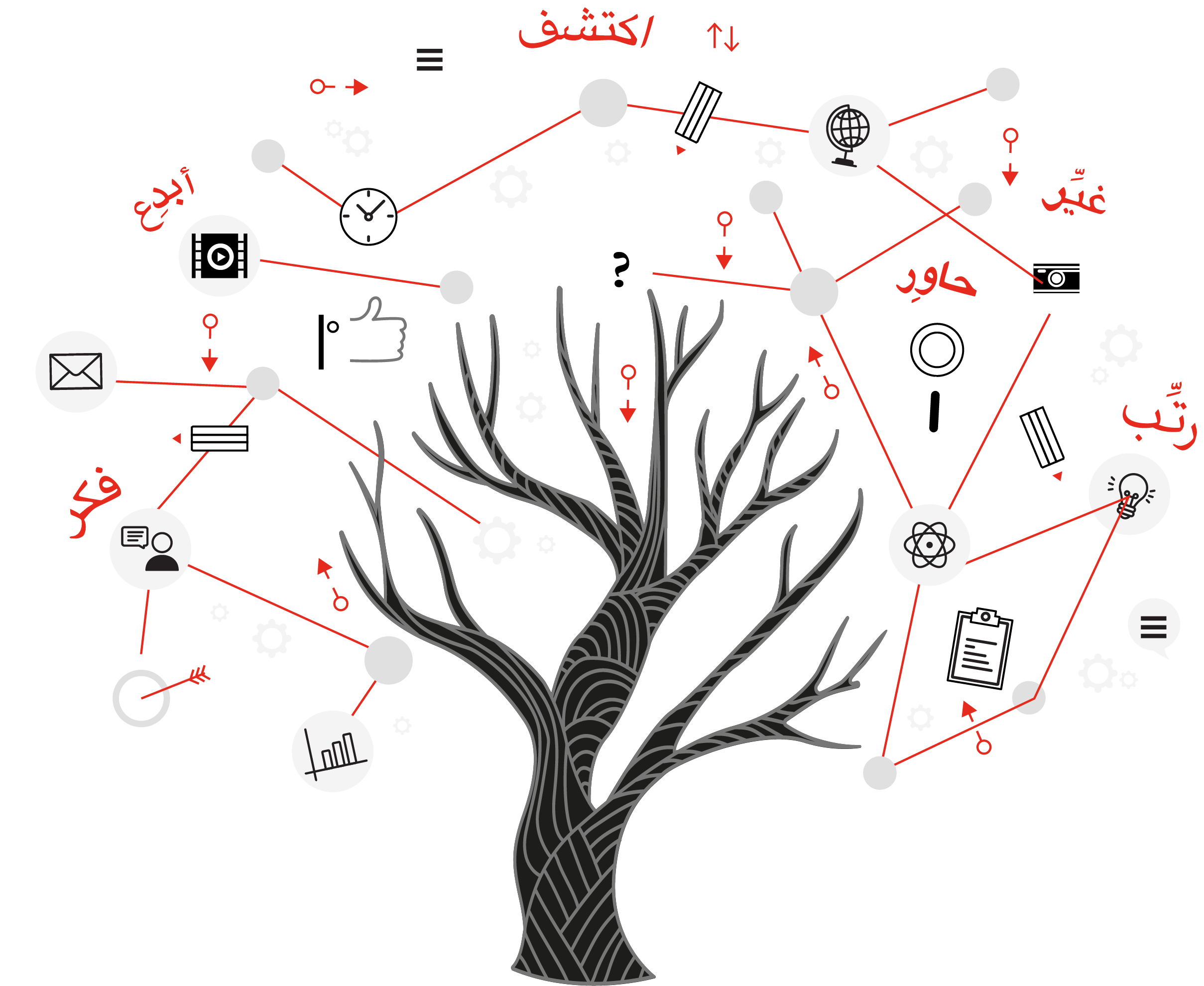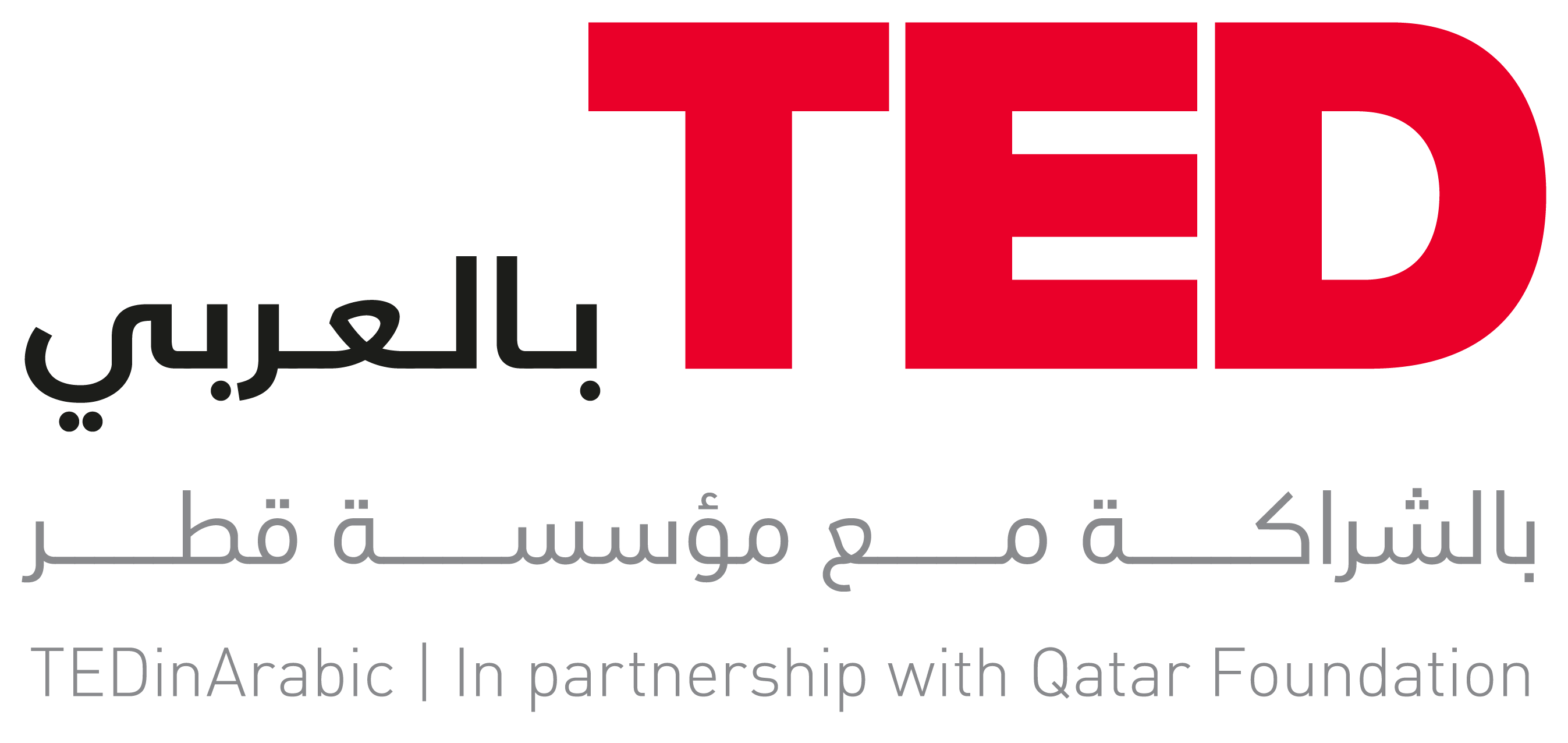How to tame your inner advice monster
Glenn Harvey
I caught up with a friend of mine a while ago. She’s smart, she’s brilliant, and she’s talented.
After we did the usual warm-up chitchat, she looked at me and said, “Michael, you’re a good guy. I need your advice.”
My advice monster was delighted.
She started telling me what was going on, and I started to pretend to listen because, quite frankly, my advice monster already knew exactly what I wanted to tell her.
Finally, she finished so I was able to share my brilliant advice — — and make no mistake it was brilliant. But my advice went nowhere; my advice monster had sabotaged the conversation.
All of you know your advice monster. Somebody starts telling you about something. Even though you don’t really know the situation or the people involved and you certainly don’t have the full context, after about 10 seconds your advice monster is like, “Oh, oh, oh, I’ve got something to say here.”
The problem isn’t with giving advice. Instead, the problem is when giving advice becomes our default response. There are three ways that advice giving goes bad.
The first issue with advice giving is that we’re often solving the wrong problem. We get seduced into thinking the first challenge that shows up is the real challenge — but it almost never is.
The second issue is that our advice is not nearly as good as we think it is. If you’re thinking to yourself, “No, no. My advice is magnificent,” I suggest you watch a video on cognitive bias. It will explain we think we’re amazing at things even though we aren’t.
The third issue with giving advice cuts a little deeper. If you have an advice monster — and if I can be clear, we all have an advice monster — holding the responsibility of having to have all the answers and save the person and save the day is exhausting, frustrating and overwhelming. And for the person who’s on the receiving end of your advice monster, they’re getting the message that they can’t figure this out by themselves, which cuts away at their sense of confidence and autonomy.
We’re constantly feeding our advice monsters, and they’re insatiable. As soon as somebody starts talking, your advice monster looms up and goes “Oh, I’m going to add some value to this conversation, yes I am!” You need to learn to tame your advice monster, and in order to tame it, you have to understand it.
As it turns out, your advice monster has three different personas.
I call the first persona “Tell It”. Tell It is the loudest of the three, it’s convinced you the only way that you can add value is to have all the answers. Because if you don’t have all the answers, then you fail.
The second persona is subtle; it’s called “Save It”. Save It has put its arm around you and said, “Your only job is to rescue everybody — don’t let anybody stumble, struggle or have a difficult time. If anybody struggles at all, you fail.” Parents might recognize that one.
The third of the personas — and the sneakiest of the three — is “Control It”. Control It has convinced you the only way you win is to maintain control at all times. If anybody else takes over control, even just a little bit, then you (and they) will definitely fail.
Now there’s something that connects all three of these personas. In that moment when your advice monster is speaking, it’s saying that you are better than the other person and that they’re not good enough. But it’s not only the other person that is diminished; you are, too. You’ve lost that connection to your humanity, to your empathy, to your compassion, and to your sense of vulnerability.
To tame your advice monster, what you want to do is replace your advice-giving habit with a new habit: Staying curious. It’s as simple — and as difficult — as that.
Questions are the kindling of curiosity. Let me share with you the three questions that I wish I’d asked my friend when she said she wanted my advice.
The first question is: “What is the real challenge here for you?” This recognizes that neither of you know what’s going on at the start of a conversation. It repositions you to help the other person find the really important issue, not provide them with a fast, wrong answer.
The second question is “What else?” This holds the insight that the first answer your friend will give you is never their only answer and it’s rarely their best answer. This will help you go deeper and further on any question you ask.
The third question is a difficult question, but it’s so powerful: “What do you want?” When a person can get clear on what they want, it becomes their foundation for action. When they know what they want, they get to step towards that with autonomy and confidence.
When you’re able to stay curious, you begin to empower people not by giving them the answer but by helping them find their own answer, and not by rescuing them but by helping them find their own path.
This article was adapted from a TEDxUniversityofNevada talk. Watch it here:

